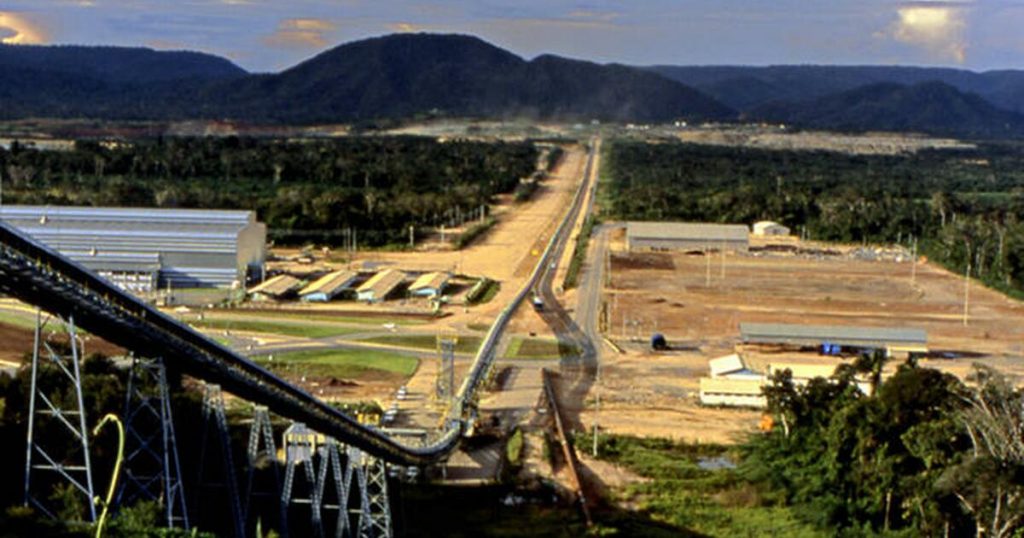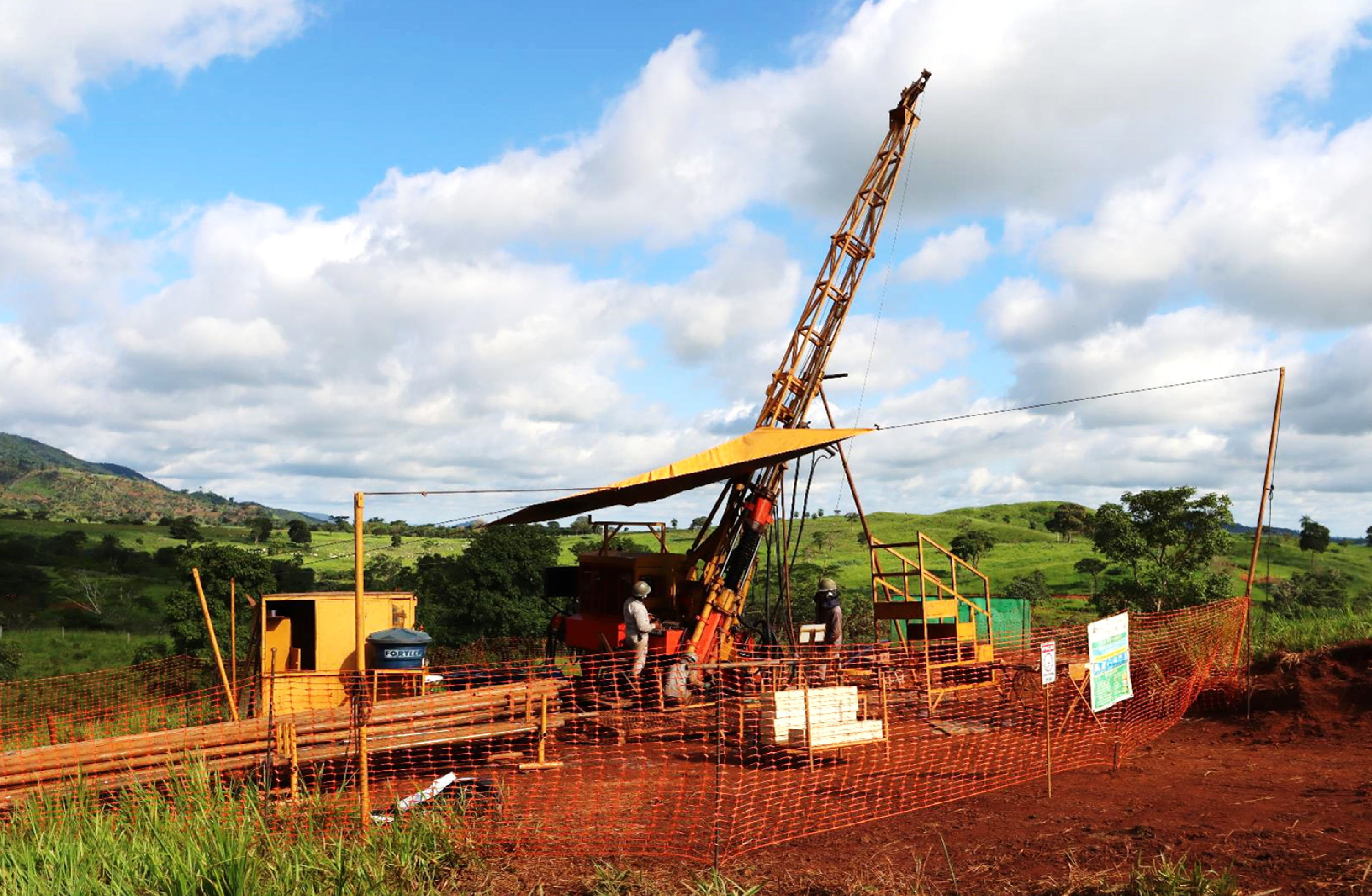Deep sea mining: a potential source of renewable resources?
Deep Sea Mining is a controversial, yet quite essential, new frontier of the mining industry: however, if it were to be regulated effectively, could it source “Renewable Resources?”
With an increasing and developing population, demands for mineral resources are at risk of growing beyond the means of conventional mining. We have known of polymetallic sulphides (aka Sulphide Mineral Structures), although previously unobtainable, for many decades – and the idea exploiting them, despite scrutiny, has never been closer to reality. Though, when mankind decides to ‘dip our toes in’, it is in all of our interests to optimize the sustainability and minimize the destruction of our practices.
In a recently published study I conducted, I made an example of the Clarion-Clipperton Zone – an area of the Pacific Ocean the size of Canada – suggesting methods such as rotational and seasonal exploitation to improve the situation. To divide the five-million square kilometer zone into equal countries’ jurisdictions, and to impose a six-hundred-month rotation would give an area of around forty square kilometers in a month for a country to selectively explore and exploit. Isn’t that a fair amount?
Due to the geologically active nature of Polymetallic Sulphides, they will continue to vent solutions for crystals to form new structures in their place, to be exploited fifty years later. This arrangement will decrease the ‘net’ rate of exploiting and thus the ‘net’ effect on the environment. If the aim is to maintain a ‘renewable resource’, an equilibrium needs to be established between the rate of exploitation and the rate of formation.
The rate of formation is very likely to be able to be increased, simply by cooling the solution quicker. Gabions, mounted in proximity to vents (though a rudimental approach), would house larger rocks to act as phenocrysts: finer, lesser formed ore and quartz crystals should obey ‘Bowen’s Reaction Series’ and form quickly. The hypothesis that this will increase resource yield and ease of recovery will be tested in an upcoming research project.
In summary, simple regulation could boost the sustainability of metalliferous resources and decrease the net destructive effect on ecosystems. As the mineral deposits certainly won’t be uniform between nations’ jurisdictions, international trade will grow as well as equal growth of employment between countries. Opposing arguments may be that; on a wider scale, there will be less jobs created. Attitudes towards recycling may regress and the materials science industry may suffer in the long term if renewable resources are achievable.
Further work on the idea is required and intended. For more information or a copy of the full work, contact Michael at [email protected]
More News
Brazil’s red tape is ‘cooling’ investment, mining group says
Big miners are expected to invest $68.4 billion in Brazil between 2025-2029, a figure that could be higher if the permitting process were streamlined, Ibram CEO says.
March 10, 2025 | 01:27 pm
Major copper producer Peru readies US delegation amid tariff threat
“The rules of the game are changing quickly under the new North American administration,” Energy and Mines Minister Jorge Montero said on Monday.
March 10, 2025 | 10:46 am
Meridian hikes Cabaçal gold-copper project value by 71% in Brazil after new study
Updated report for the project in Brazil increases its post-tax net present value (NPV) by over 66% to nearly $1 billion.
March 10, 2025 | 10:08 am
{{ commodity.name }}
{{ post.title }}
{{ post.excerpt }}
{{ post.date }}




Comments